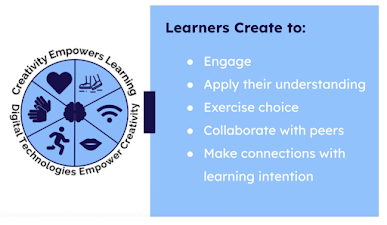This blog aims to record and reflect on ways I demonstrate knowledge and application of Our Code, Our Standards as outlined by the New Zealand Education Council. This blog was created in 2018 and the intention is for it to continue to be used in years to follow.
Thursday, 21 November 2024
RPI #9 - Sharing
Thursday, 7 November 2024
RPI #8 Creating
Reading Practice Intensive
Thinking - Started introducing the levels of thinking. Started of being a shambles but once I unpacked ‘Literal’, they got that. We started Interpretative and kids could relate to inference work. Evaluative is our next level of thinking to work on.
Used Tokelau Language Week for a context and to create a text set. That worked quite well.
Figurative Language - I used my writing lessons to touch on figurative language.
Position of Resistance - Used the text Dive to discuss and share ideas about the provocation about separation and divorce.
Vocabulary - I’m finding this to be an area of need so have been getting kids to do some unpacking of vocabulary.
Learner reflections about our discussion as critical analysts was done verbally and we are nearly at the written stage.
I found it quite tricky to cover everything as things took much longer than I anticipated.
I liked how another participant gets her kids to record themselves reading regularly and they have a Google Slide with the text and their recording with comprehension questions.
Dorothy Burt - Create as a response to Reading (& Writing) Engaging and Empowering Learning
Create opportunities won't happen if we don't intentional design and include these.
Professor Jonathan Neeland, Creative Fellow, Warwick University
Stencils: Go to google stencils and search for what you want. You can create a Google Drawing as a template and use a stencil of something significant from the text, a T-Shirt, umbrella and playing cards. The create a creature/character card game design. This would be really good for character work, particularly as we look at our Māori gods later in the term. These tasks would fit into a response to text activity.
To Do: Add a create response to a response to text. We will share these examples with ākonga responses.
I am thinking about doing texts around Māori healing and using the texts Rongoā and Tohunga.
Routine Opportunities: CHOICE
Tools / Task / Product
When choosing tools, make sure they aren't overused and allow proficiency and creativity.
I have started using Book creator, but the first session we had wasn't great because what was created was not good quality. I haven't used Pixton or Storyboard That. Storyboard That has some good cultural representation.
Quizzes:
A One-Shot Film




























